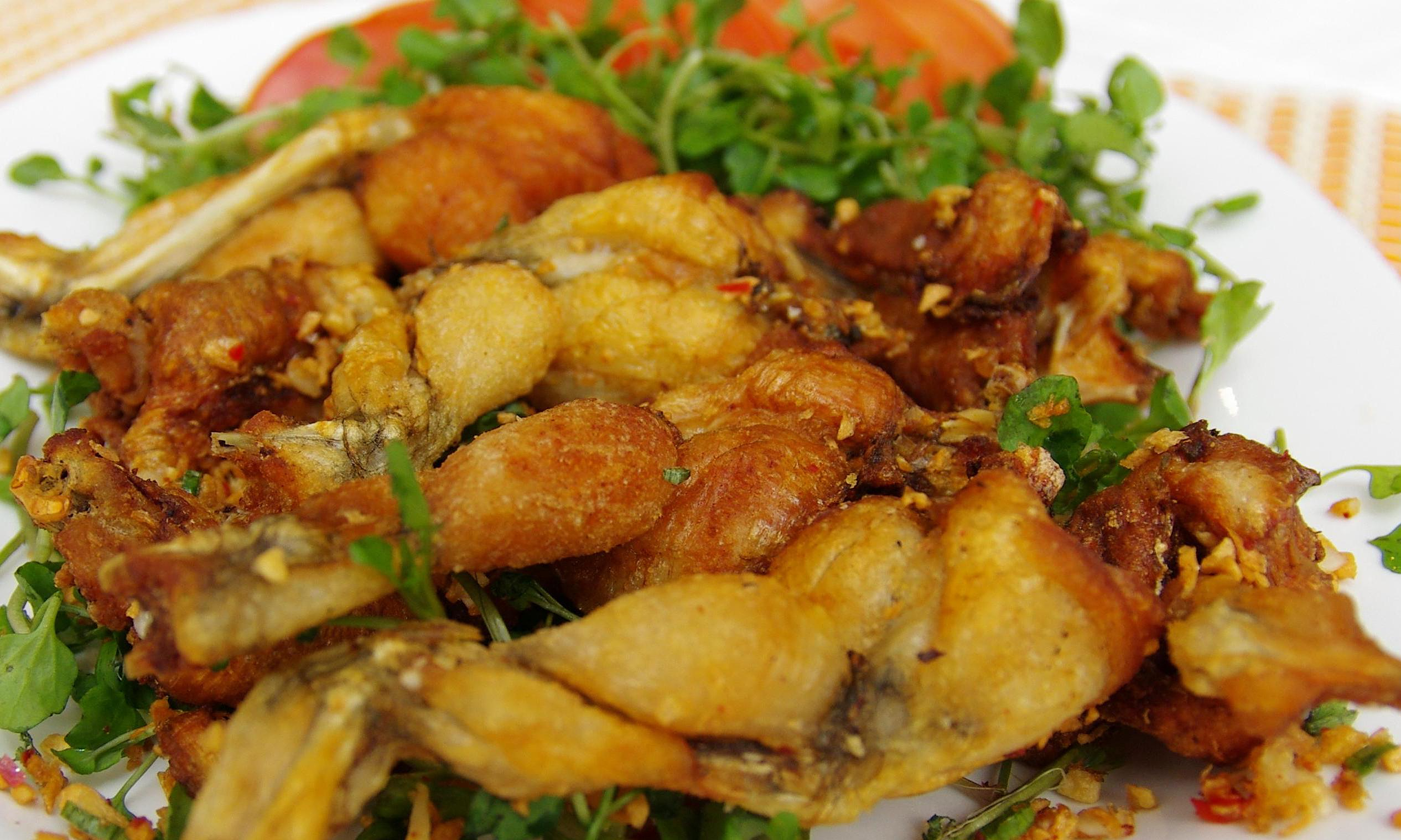The Environmental Impact of France’s Frog Leg Consumption
France is known for its rich culinary traditions, and one of the most iconic dishes is frog legs. This delicacy, often prepared with butter and parsley, has become a staple in both high-end restaurants and home kitchens across the country. However, the growing demand for frog legs is raising serious environmental concerns, particularly in the countries that supply them.
According to reports, France consumes approximately 4,000 tonnes of frog legs each year, with the majority of this coming from imports. In 2015 alone, the European Union imported 4,234 tonnes of frog legs, which equates to the limbs of roughly 84 to 200 million frogs. This staggering number highlights the scale of the industry and the potential consequences for ecosystems in exporting nations.
In France, certain edible frog species have been protected for decades, with strict regulations on their harvesting. For example, in the Bourgogne-Franche-Comté region, wild frogs can only be caught between late February and April during the breeding season. Despite these protections, over 2,500 tonnes of frog legs are still imported annually, primarily from wild populations in Indonesia, Turkey, Albania, and from frog farms in Vietnam.
This reliance on imports is putting pressure on local wildlife in these countries, threatening rare frog species and disrupting delicate ecosystems. Some species, such as Limnonectes macrodon, have already disappeared from France’s import list, while others like Fejervarya cancrivora and Fejervarya limnocharis have seen significant population declines due to overharvesting.
In 2024, over 500 experts called on President Macron to take action against the overexploitation of frog species and to strengthen conservation efforts. They recommend that France consider listing vulnerable species under the Convention on International Trade in Endangered Species of Wild Fauna and Flora (CITES) to ensure better protection.
The situation is especially concerning in Southeast Asia, where widespread frog hunting is occurring. In Indonesia, for instance, the trade in frog legs is largely unregulated, according to Ganjar Cahyadi, an amphibian specialist. In Vietnam, wild frogs are becoming increasingly rare, yet there are no restrictions on their export. Frogs play a crucial role in controlling insect populations, such as mosquitoes and locusts, which helps reduce the need for pesticides and improves water quality in ponds and lakes.
Frog farming is being explored as a sustainable alternative to wild harvesting. Patrice Francois established France’s first frog farm in Pierrelatte in 2010, aiming to provide a more sustainable source of frog legs for high-end restaurants. However, only three such farms exist today, producing just 10 tonnes annually—far below the national demand. According to food magazine The Takeout, domestic farming is not yet sufficient to meet the needs of the French market.
While frog farming offers a promising solution, it remains a small part of the overall supply chain. If import regulations tighten, frog legs could become a luxury item, accessible only to a select few. This shift would have significant implications for both the French culinary tradition and the economies of the countries that currently supply the product.
Balancing the preservation of cultural heritage with the need to protect biodiversity and manage global trade is a complex challenge. The future of frog legs as a French delicacy will depend on how effectively these issues are addressed. As the demand for this dish continues to grow, so too must the efforts to ensure that it is sourced responsibly and sustainably.







